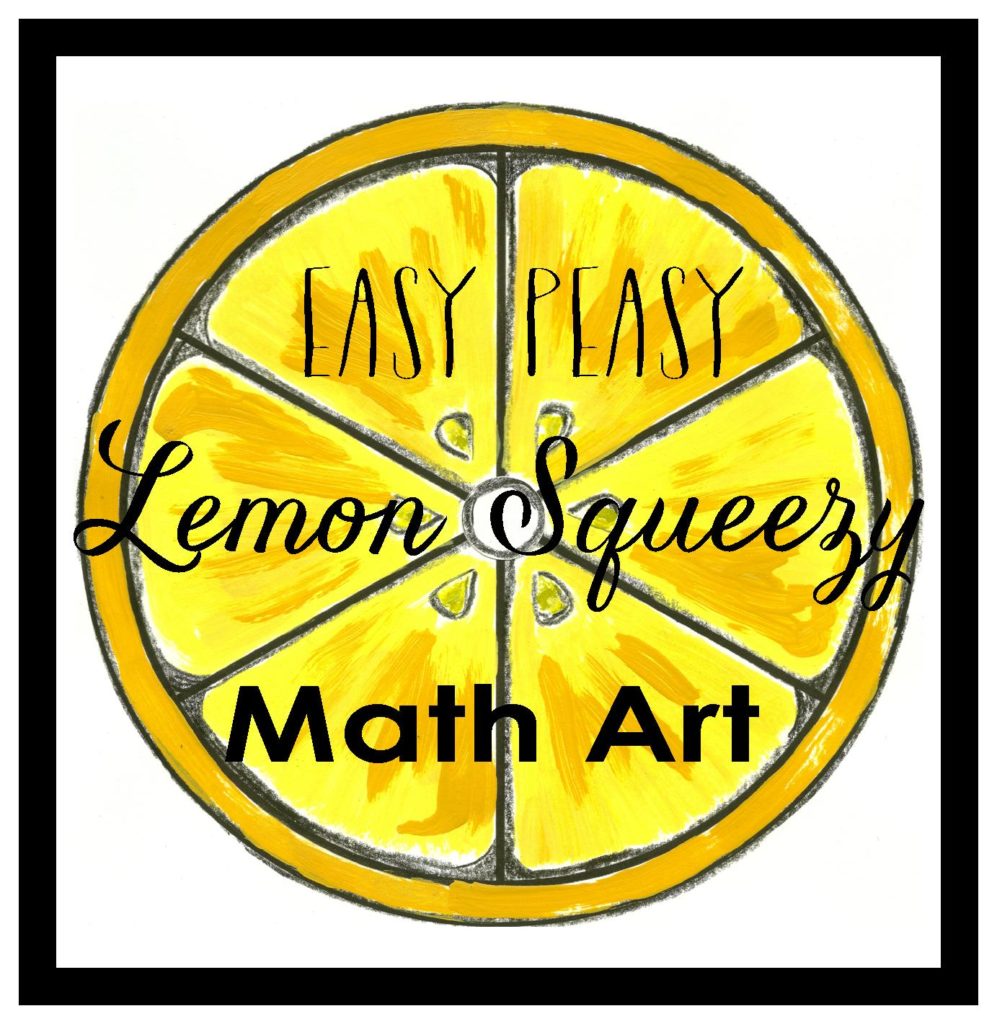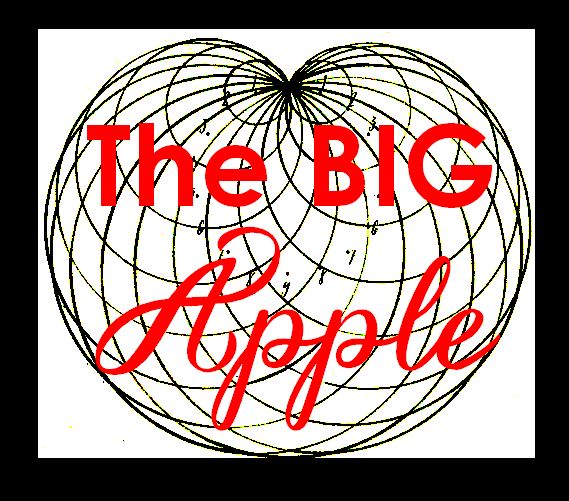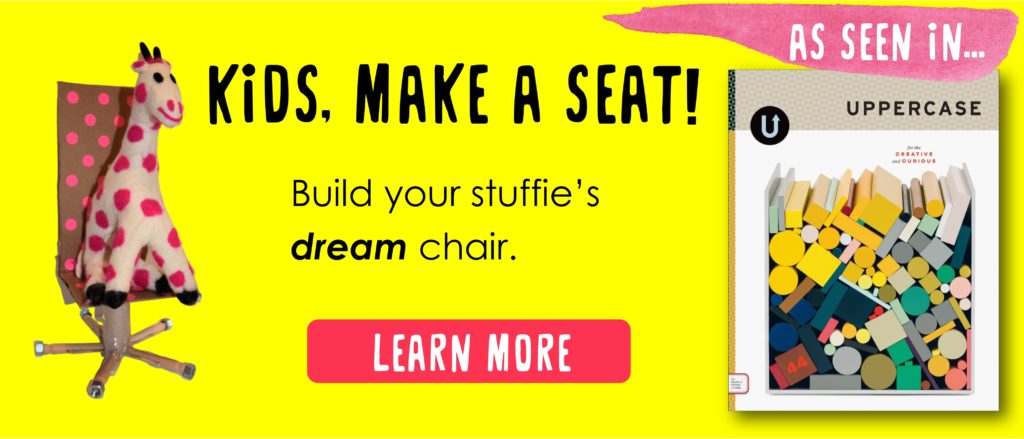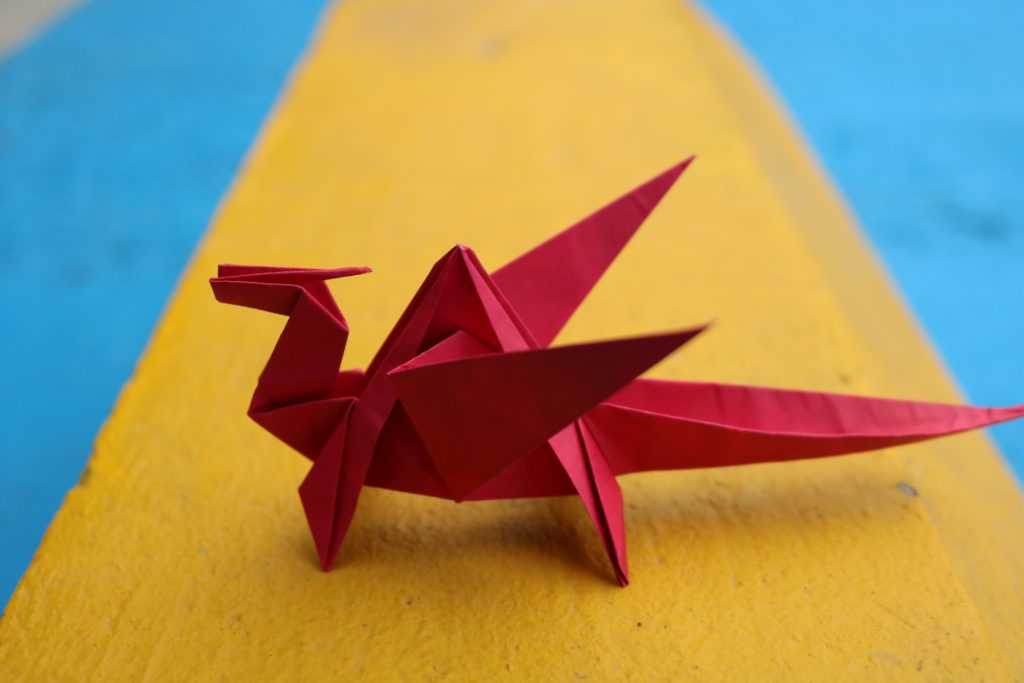
The good news is, spatial thinking can be improved!
I am living proof of that.
Despite inheriting the directionally challenged Gushy Gene (find out what that is in my last post), I was blessed to have a dad with supernatural spatial sense. Fishing in the many lakes surrounding us (where one body of water looked exactly like the next), he not only navigated the waters with complete ease, his brain was literally a GPS, knowing the exact coordinates of the place where he caught that 30 inch walleye in Red Gut Bay in1985.
Dad worked his magic packing the trunk of the car after a weekend shopping spree at the Mall of America. We’re talking A. LOT. OF. STUFF. (My mom and I are both former shopaholics).
I only wish I’d have taken a picture of the U-Haul he packed when I moved after University. Oh, the beauty. A masterpiece.
My sense of direction improved by growing up in this environment. Tetris, puzzles, Logo (that ancient computer programming game at school that everyone else hated and I LOVED), art and music helped build strong neural pathways in my brain for spatial thinking.
How can you help develop spatial thinking in your students?
I’ll give you 3 easy ways to improve students’ spatial sense.
Spatial Sense can be improved through:
- Symmetry
- Origami
- Building
1. Symmetry
Young kids have a strong intuitive sense of symmetry. They’re drawn to playing with building and pattern blocks and spontaneously make creations that are symmetrical. Research shows that knowing symmetry helps us learn things like graphing, understanding negative numbers and how to simplify complex information.
Spatial sense can be developed through symmetry games, where kids use their perception of placement, shape and distance to put an object to reflect the object placed by their partner. I first learned the Symmetry Game during my involvement in the Math for Young Children Project at OISE/University of Toronto. Learn more about their work in the wonderful book, Taking Shape by Moss, Bruce, Caswell, Flynn & Hawes.
The Symmetry Game
This game is so flexible, you can play it with many different math manipulatives you have on hand (pattern blocks, pentominoes, Cuisenaire rods, square tiles, etc.)
How to play using pattern blocks:
- Each partner has a side to work on. The line of symmetry can be made with masking tape, a string, or a line on a cookie sheet, a table, the floor or a large piece of paper.
- Partner A places a pattern block on their side, touching the line.
- Partner B finds the same shape and matches it by creating the reflection on their side of the line of symmetry.
- Now Partner B places a new shape on their side (either touching the line of symmetry or touching a shape they’ve already played) and Partner A matches it.
- Play continues back and forth. Note: On each turn, there is a change in the leader.
- After completing a design, ask students what it reminds them of (designs will often end up looking like a certain animal or object).
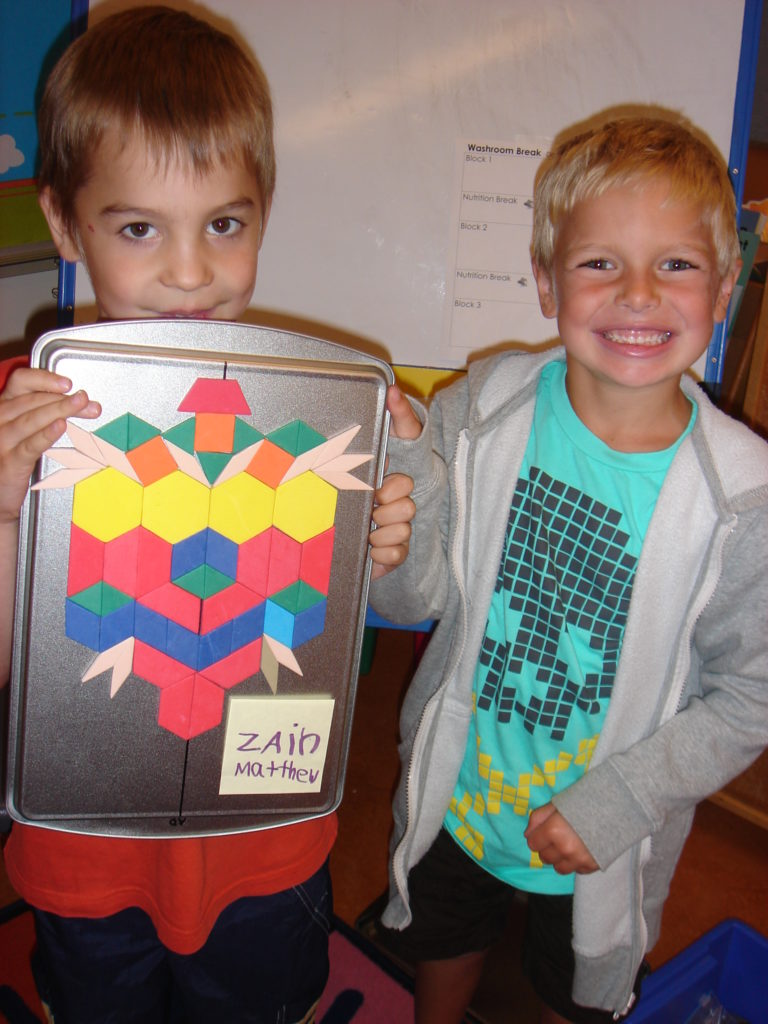
This same idea can be used with many different math manipulatives, other than pattern blocks. If using an item like pentominoes, 1-inch grid paper is helpful to play on to assist with the placement of pieces.
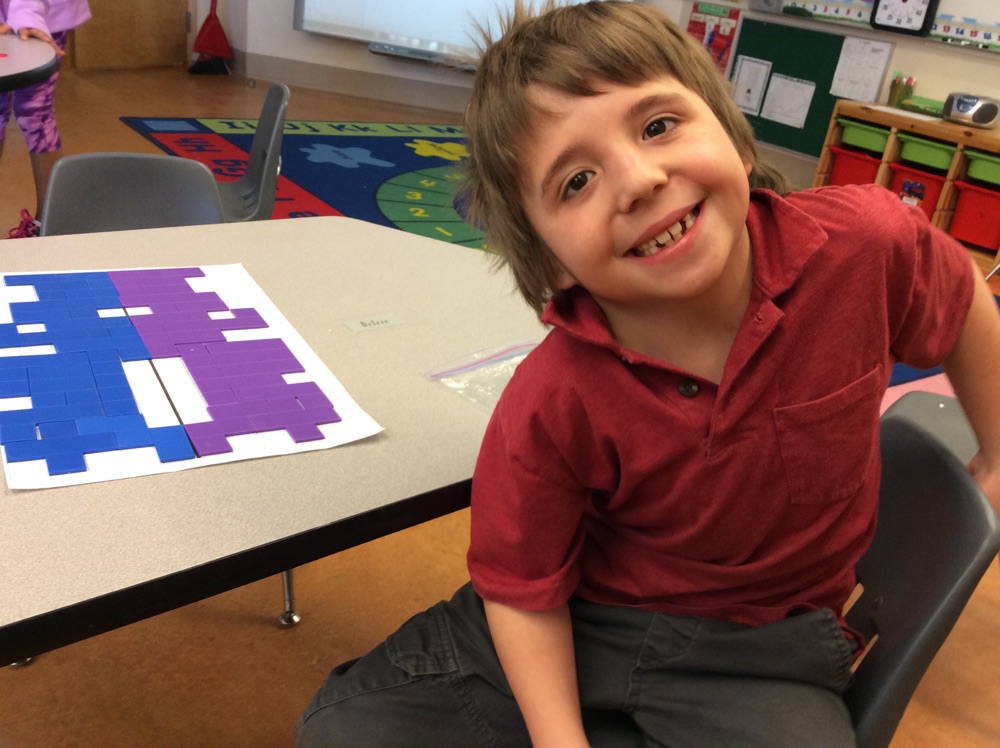
Check out my art projects that teach the spatial awareness concept of symmetry:
2. Origami
A stack of origami paper (or regular paper cut into square pieces) along with an origami book from the local library can become an instant math center. A different kind of paperwork – the good, hands-on kind, not just paper-pencil worksheets.
Research has shown that children made gains in spatial thinking after completing a program of origami and paper engineering. 3D perception, logical thinking, focus and concentration improve.
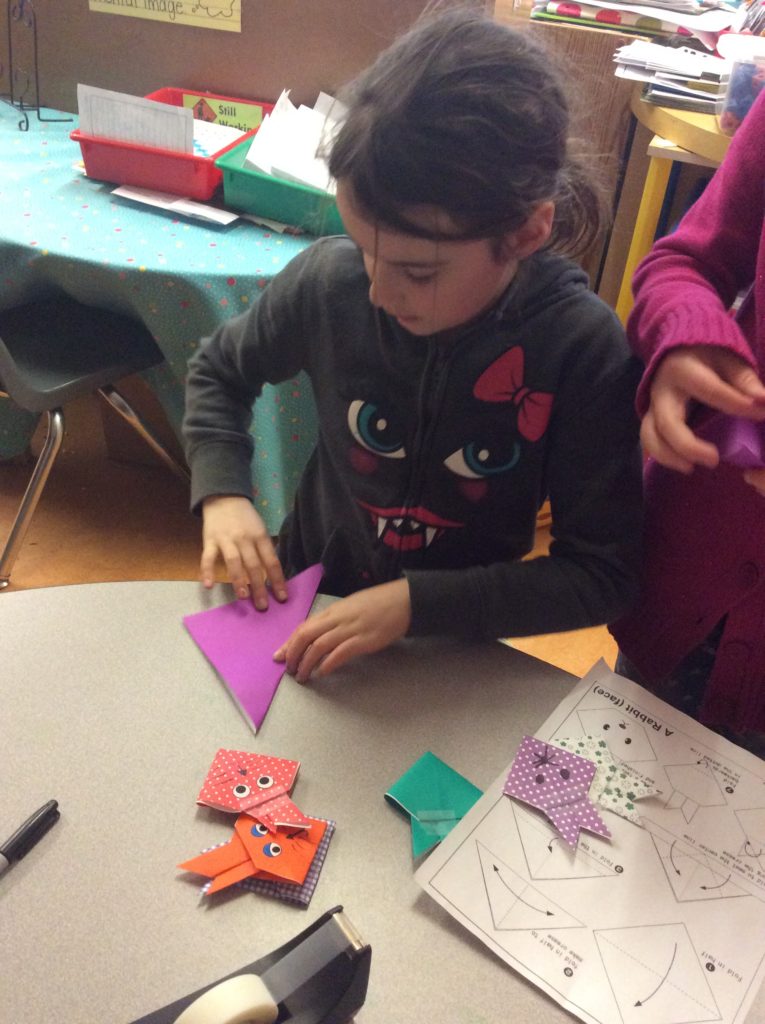
Origami, the ancient Japanese art of paper folding, teaches many math related skills:
- geometry – you learn symmetry, how to rotate and decompose shapes (e.g., when folding a square corner to corner into a triangle)
- thinking skills – you must make sense of and then follow the instructions in a logical and sequential way
- fractions – you can use origami to show one-half, one-third, and one-fourth by folding the paper and asking what shape will result
- problem solving and perseverance – kids are given the opportunity to practice a growth mindset, where struggle and trial and error grow the brain. Show kids a shape and have them try to find a way to make it.
- spatial sense – spatial perception is exercised as you follow the steps and visualize the completed project
Use in your classroom and see spatial sense skills in-CREASE.
Leave a comment below and let me know how it unfolds.
3. Building
Different types of building activities are shown to improve spatial sense. This includes block building, puzzle play, and art and design tasks.
Anything from building a tower out of blocks, to making a wallet out of construction
paper.
I talk about the importance of spatial sense in STEAM disciplines (Science, Technology, Engineering, Art, and Math) in the latest issue of Uppercase magazine.
Math Expander’s “Design your Stuffie’s Dream Chair” STEAM Challenge uses specific strategies to develop these skills.

